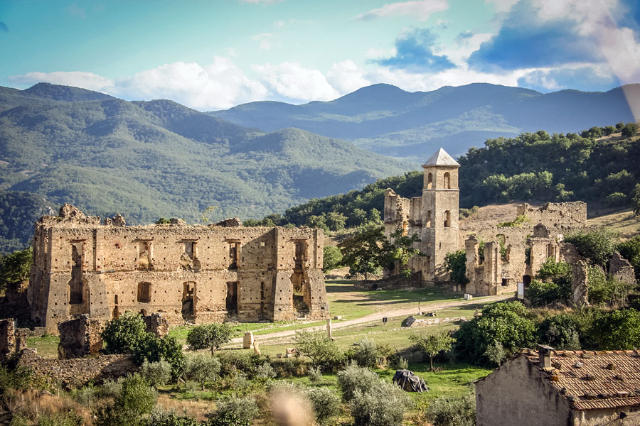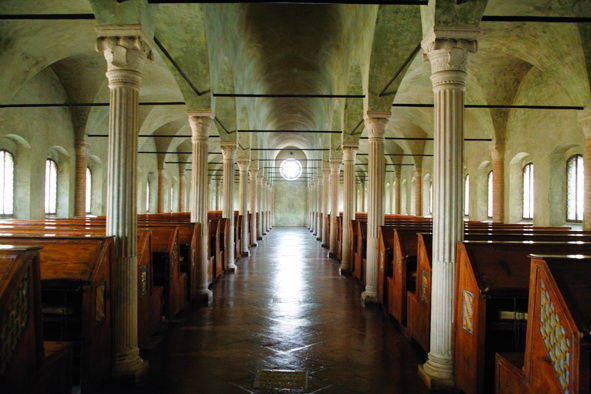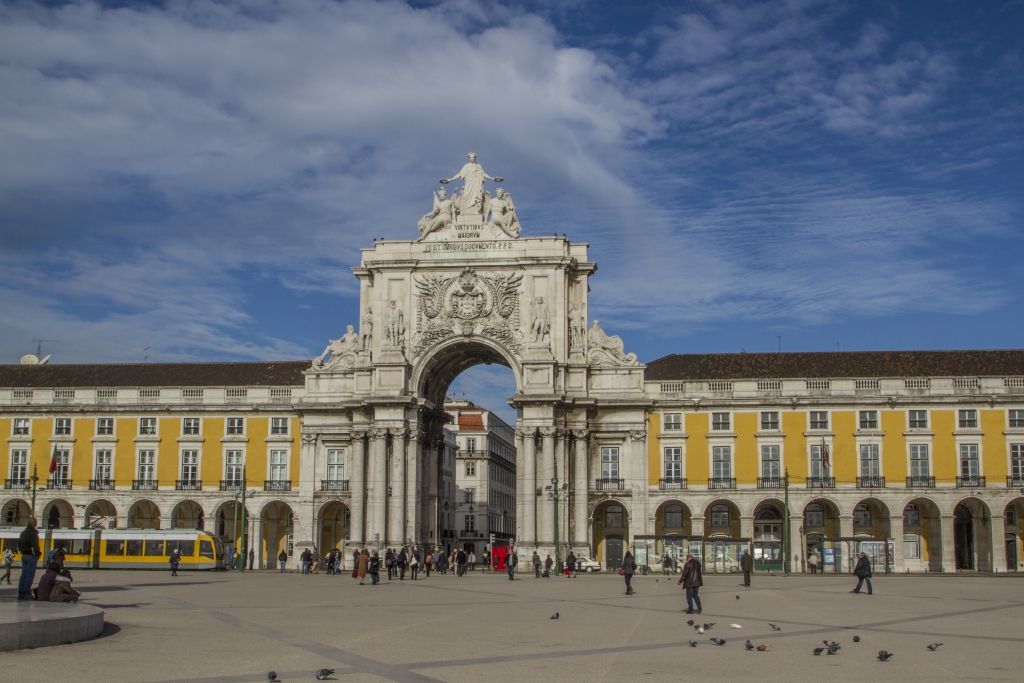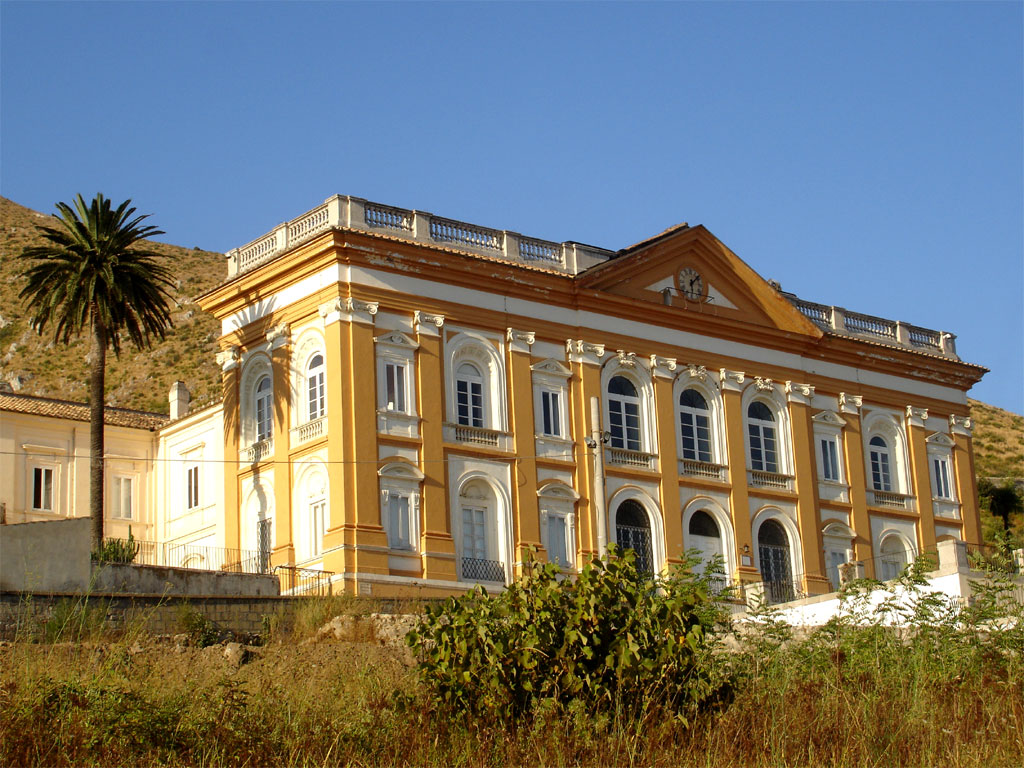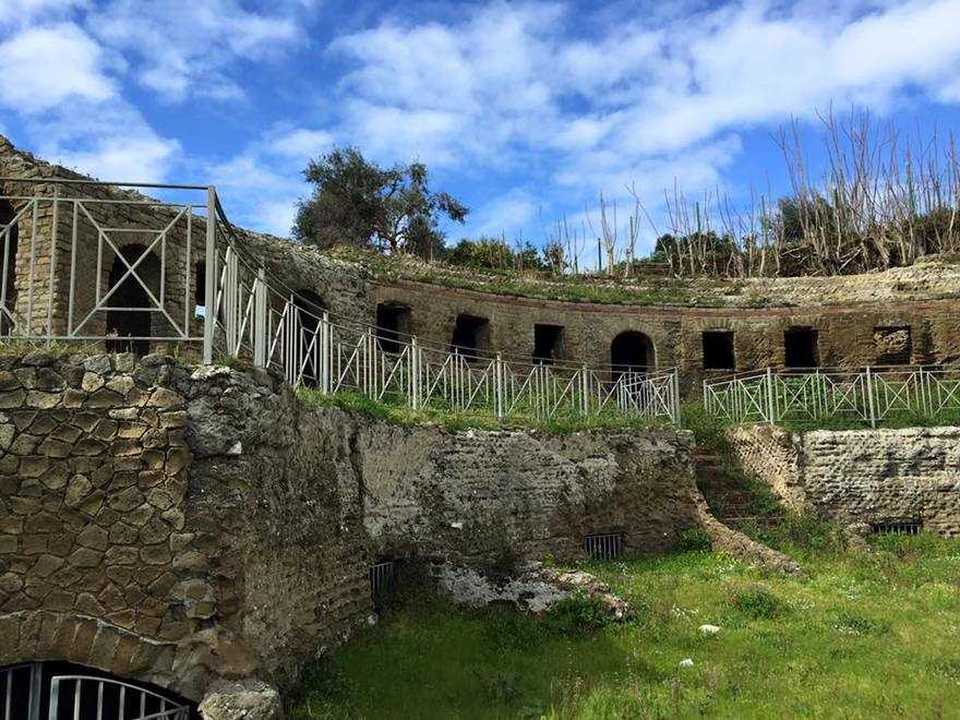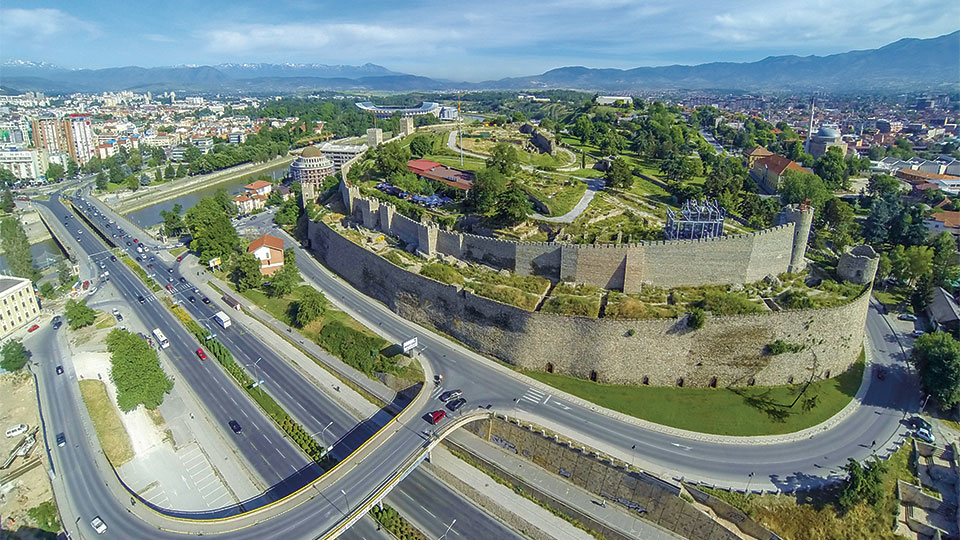At the foot of the Lucanian Dolomites lies the smallest municipality in Basilicata, a reality so abandoned since 1885 that it has become a ghost town.In "Old" Campomaggiore, starting in 1741, a social experiment was carried out that led to the construction and consolidation of a community, based on the principles of utopian socialism advocated by French philosopher Charles Fourier and Englishman Robert Owen. The Rendina counts, lords of Campanian origin, who had purchased the almost uninhabited Campomaggiore fief in 1673, in order to populate it, issued, in 1741, a sort of "public proclamation" by which they promised, to anyone who came to Campomaggiore, the free concession of two tomoli of land and the possibility of cutting wood, in the woods they owned, in order to make beams to build the new dwellings. In return they ask for wage labor to cultivate the land. This "social pact," together with another series of facilities, causes many people "seeking fortune and progress" to arrive in the village, especially from Apulia, the Bitonto area, and Campania. A small commune is born, with the introduction of new crops, the olive tree in particular, with the development of a communal animal husbandry, the introduction of state-of-the-art services for the time (a public washhouse, one of the first communal cemeteries in the region, a mill etc.).This mixture of peoples is also organized in an original way in terms of town planning. Teodoro Rendina, one of the leading members of the family, commissions architect Giovanni Pattturelli, a student of Luigi Vanvitelli, to design the urban plan of the emerging town. The result is a "checkerboard," or urban fabric in which order and equality reign, with streets that intersect orthogonally and where the houses are all the same size. In the center reigns the large square with the baronial palace and church, placed opposite each other. From 80 inhabitants in 1741, Campomaggiore grew to 1525 inhabitants in the year of the landslide. A twenty-fold growth in about 140 years of history.Evidently, many people looked to that place as a realm of the possible, a fruitful space full of opportunities, almost a "new frontier."The intuition of the Rendina feudal lords, who granted the peasants a piece of land that they could cultivate and on which they could build a house, in exchange for their own manual labor in the fields, represents an ingenious "expedient" to release energies, to include the peasants within a project of collective growth, soliciting their protagonism. It is the prelude to the widespread establishment of private property. It is perhaps the first germ of the emergence locally of a bourgeoisie; it is certainly a stimulus to the establishment of the "self-made man."Over the past few years this affair has led to Campomaggiore being referred to as the "City of Social Utopia."Legend has it that in 1885 two peasants spotted the Blessed Virgin patroness of the village, who invited them to leave the town because, shortly thereafter, a nefarious event would hit the town.In fact, immediately after evacuating the village, it began to crumble due to a landslide, sending the Rendina’s plans and dreams up in smoke.
